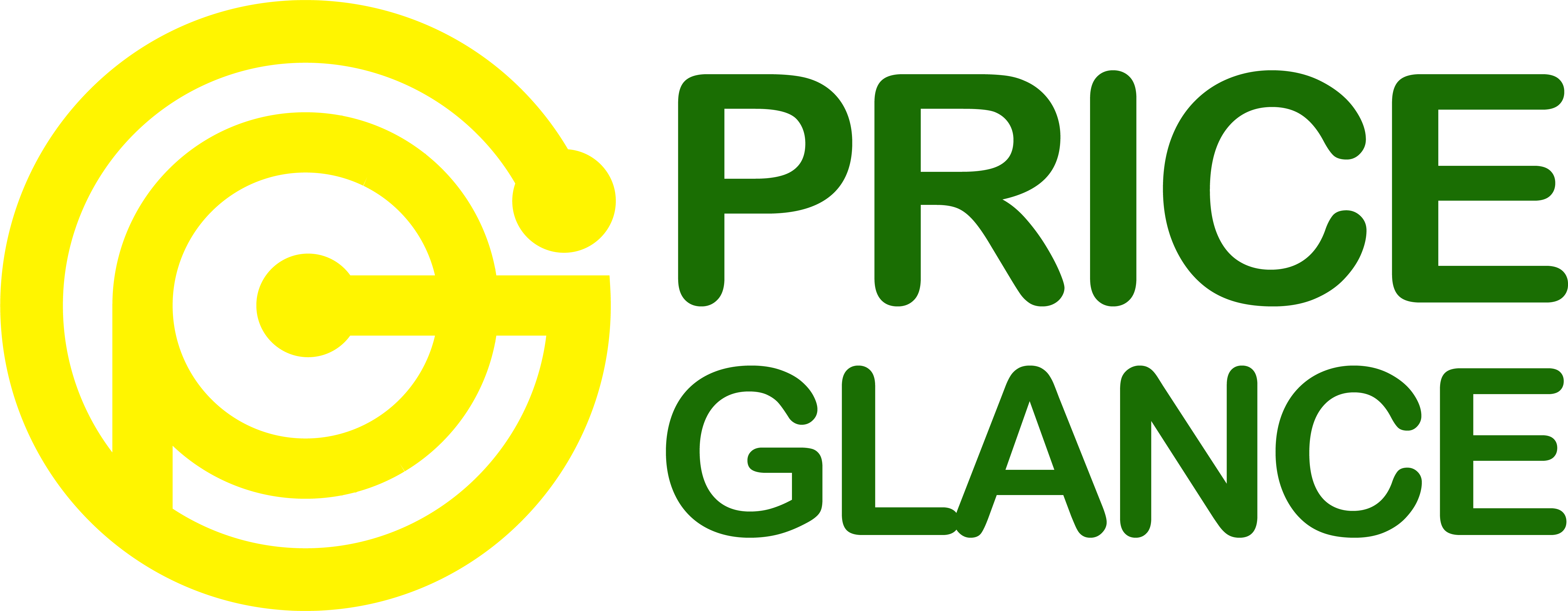
Introduction:
In the world of business, pricing strategy is a vital component that can make or break a company’s success. It’s not just about setting numbers; it’s about understanding your market, your customers, and your value proposition. In this guide, we’ll delve into the fundamentals of pricing strategy and explore three powerful tactics to help you unleash growth in your business.
What is a pricing strategy?

At its core, a pricing strategy is a method used by businesses to determine the optimal price for their products or services. It involves analyzing various factors such as production costs, competitor pricing, and perceived value to set prices that maximize profitability and market share.
Top 3 Pricing Strategies
1. Cost-plus pricing: The oldest and simplest (mostly) method of setting prices
Cost-plus pricing involves calculating the total cost of production and adding a markup to determine the selling price. While this method is straightforward and easy to implement, it doesn’t take into account market demand or competition, potentially leading to pricing inefficiencies.

2. Competitive-based pricing: Essentially, ineffective plagiarism
Competitive-based pricing revolves around setting prices based on what competitors are charging for similar products or services. While this approach may seem logical, it often results in a race to the bottom, eroding profit margins and undermining differentiation.
3. Value-based pricing: It’s all about the customer (and the benjamins)
Value-based pricing focuses on the perceived value of a product or service to the customer. Instead of looking inward at production costs or outward at competitors, value-based pricing considers what customers are willing to pay based on the benefits and outcomes they receive. By aligning prices with the value delivered, businesses can capture a larger share of the market and command premium prices.
Pricing is the Untapped Growth Lever
Effective pricing strategy goes beyond just setting numbers; it’s about leveraging pricing as a strategic tool to drive growth and profitability. By understanding the dynamics of supply and demand, as well as the value drivers that influence customer behavior, businesses can unlock untapped potential and accelerate growth.
Pricing’s Impact on Efficiency
Furthermore, pricing strategy can have a significant impact on operational efficiency. By pricing products or services optimally, businesses can streamline production processes, improve resource allocation, and enhance overall profitability. A well-executed pricing strategy can drive efficiency throughout the entire value chain, from sourcing raw materials to delivering finished products to customers.
How to choose a pricing strategy
Choosing the right pricing strategy requires a deep understanding of your market, your competitors, and your customers. Take into account various factors such as product differentiation, market dynamics, and customer segmentation when deciding on the most suitable pricing approach for your business objectives. It’s crucial to engage in experimentation and iteration; don’t hesitate to try out different pricing strategies and make adjustments based on feedback and results.
Conclusion:
In conclusion, pricing strategy is a powerful tool that can unleash growth and efficiency in your business. By adopting a strategic approach to pricing and embracing tactics such as value-based pricing, businesses can differentiate themselves in the market, capture customer value, and drive sustainable growth over the long term. Remember, pricing is not just about numbers; it’s about creating value for your customers and maximizing profitability for your business.
Learn more: MAP Violation Enforcement: How to Enforce Your MAP Policy
